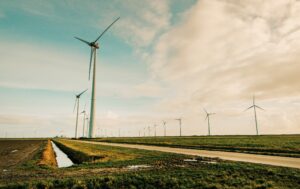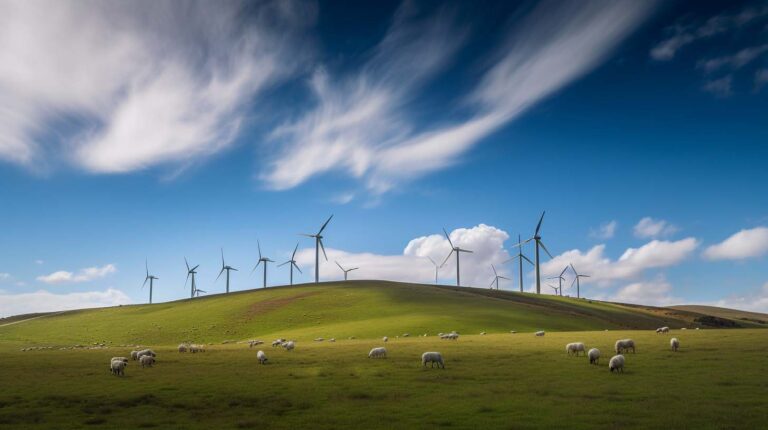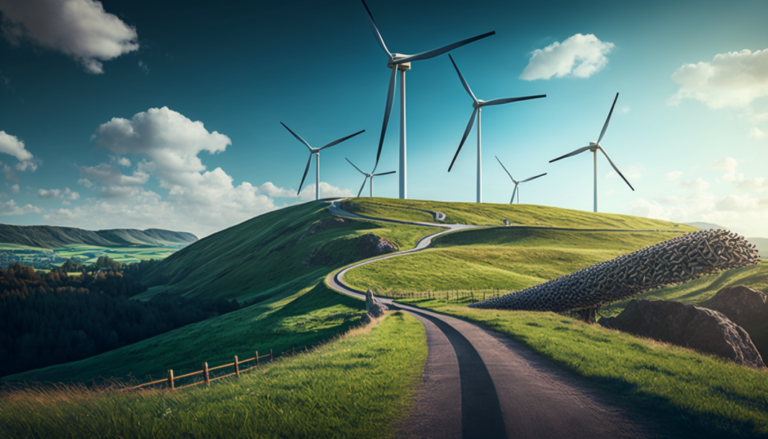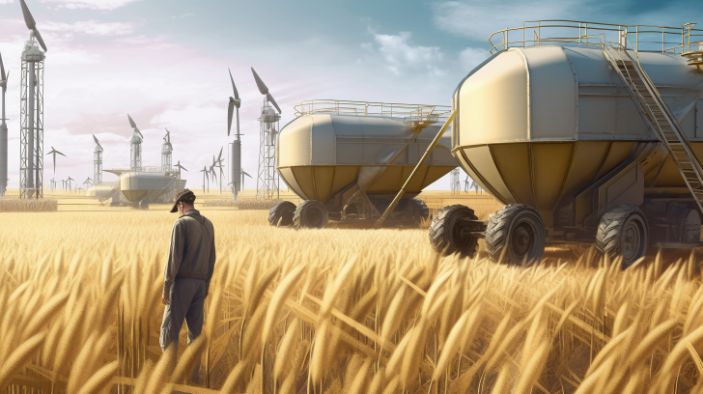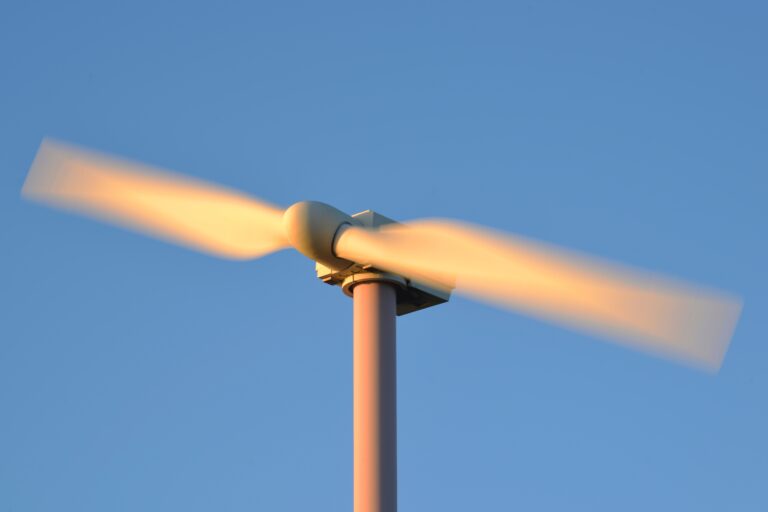How Wind Energy is Changing the Energy Industry
Wind energy is emerging as a crucial component of the global energy mix due to its low environmental impact and economic benefits. It offers a renewable and cost-effective alternative to fossil fuels, helping to reduce pollution and conserve scarce resources. Despite challenges like high initial costs and the need for governmental incentives, advancements in technology are enhancing wind turbine efficiency and making wind energy a more viable option. Continued support through incentives and partnerships is essential for overcoming adoption barriers and ensuring wind energy’s role in sustainable energy development.
Table of Contents
Wind energy is a sustainable form of energy produced by utilizing the force of the wind. It is a cleaner and more sustainable alternative to traditional fossil fuels, with various advantages. Wind energy is a low-cost, dependable source of energy that helps to cut greenhouse gas emissions and battle climate change. Wind power is becoming an increasingly popular alternative for governments, corporations, and individuals as the globe becomes more conscious of the need to transition toward sustainable energy.
The Role of Wind Energy in the Energy Mix
The present energy mix consists of a variety of sources, including fossil fuels, nuclear, and renewables. Wind energy is one of the most rapidly expanding renewable energy sources and plays an important part in the energy mix.
Wind energy offers various benefits over other renewables such as solar and hydroelectric. Wind turbines are a versatile alternative since they may be built on land or offshore. Wind energy is also less expensive than solar energy and has a better capacity factor than hydropower.
Wind energy is also less harmful to the environment than fossil fuels since it produces no greenhouse gas emissions or air pollution. However, wind energy has several limitations, such as its intermittent nature and the requirement for favorable wind conditions.
Advantages of Wind Energy
Wind energy is a renewable energy source with many benefits over conventional fossil fuels. One of the most major advantages of wind energy is its good environmental effect. Wind energy, unlike fossil fuels, does not emit hazardous pollutants that contribute to air pollution and climate change. Furthermore, wind energy can help lessen our reliance on precious resources that are becoming increasingly rare.
Investing in wind energy provides economic rewards as well. Manufacturing, installation, and maintenance employment are created by wind energy installations. Furthermore, as the cost of wind energy continues to fall, it can assist individuals and companies lower energy expenses. Overall, wind energy is a cost-effective and sustainable answer to our energy demands, and its benefits make it an important component of our energy mix.
Challenges to Wind Energy Adoption
Wind energy is a potential renewable energy source, but its widespread acceptance is hampered by a number of obstacles. One of the most significant obstacles is the high initial cost of manufacturing and deploying wind turbines. This makes it difficult for investors to justify the investment, particularly in places where there is no current wind energy infrastructure.
Another issue is the absence of government incentives to promote the use of wind energy. Wind energy cannot compete with other energy sources that have established infrastructure and government subsidies without government help.
To address these obstacles, governments might offer incentives such as tax credits and subsidies to stimulate wind energy investment. Partnerships between commercial enterprises and governments can also assist to share the expenses of constructing and maintaining wind turbines.
To summarize, while there are obstacles to wind energy adoption, they may be overcome with government backing and private sector investment. Wind energy can become a viable and sustainable source of energy in the future with the correct incentives and collaborations.
Technological Advancements in Wind Energy
In recent years, the wind energy industry has undergone considerable technical improvements. The construction of bigger and more efficient turbines is one of the most remarkable developments. Because these turbines can generate more electricity than their predecessors, wind energy is becoming a more feasible primary energy source.
The use of improved materials in turbine building is another technical achievement. Because these materials are stronger and more robust, turbines can survive adverse weather conditions and run for extended periods of time.
Furthermore, developments in control systems and software have increased wind turbine efficiency. These devices can improve turbine performance by altering their speed and direction dependent on wind conditions.
Conclusion
Finally, wind energy has emerged as a potential renewable energy source in recent years. The article has emphasized the several advantages of wind energy, such as its low cost, environmental sustainability, and potential for job generation. Furthermore, the essay addressed the issues confronting the wind energy business, including as intermittency and the necessity for infrastructural expansion.
Looking ahead, wind energy has a promising future. Wind energy is predicted to play an important part in satisfying the growing worldwide need for renewable energy. Wind energy is being aggressively invested in by governments and corporations, and technical improvements are making wind turbines more efficient and cost-effective. As a result, wind energy is expected to become a more essential component of the energy mix in the future years.

